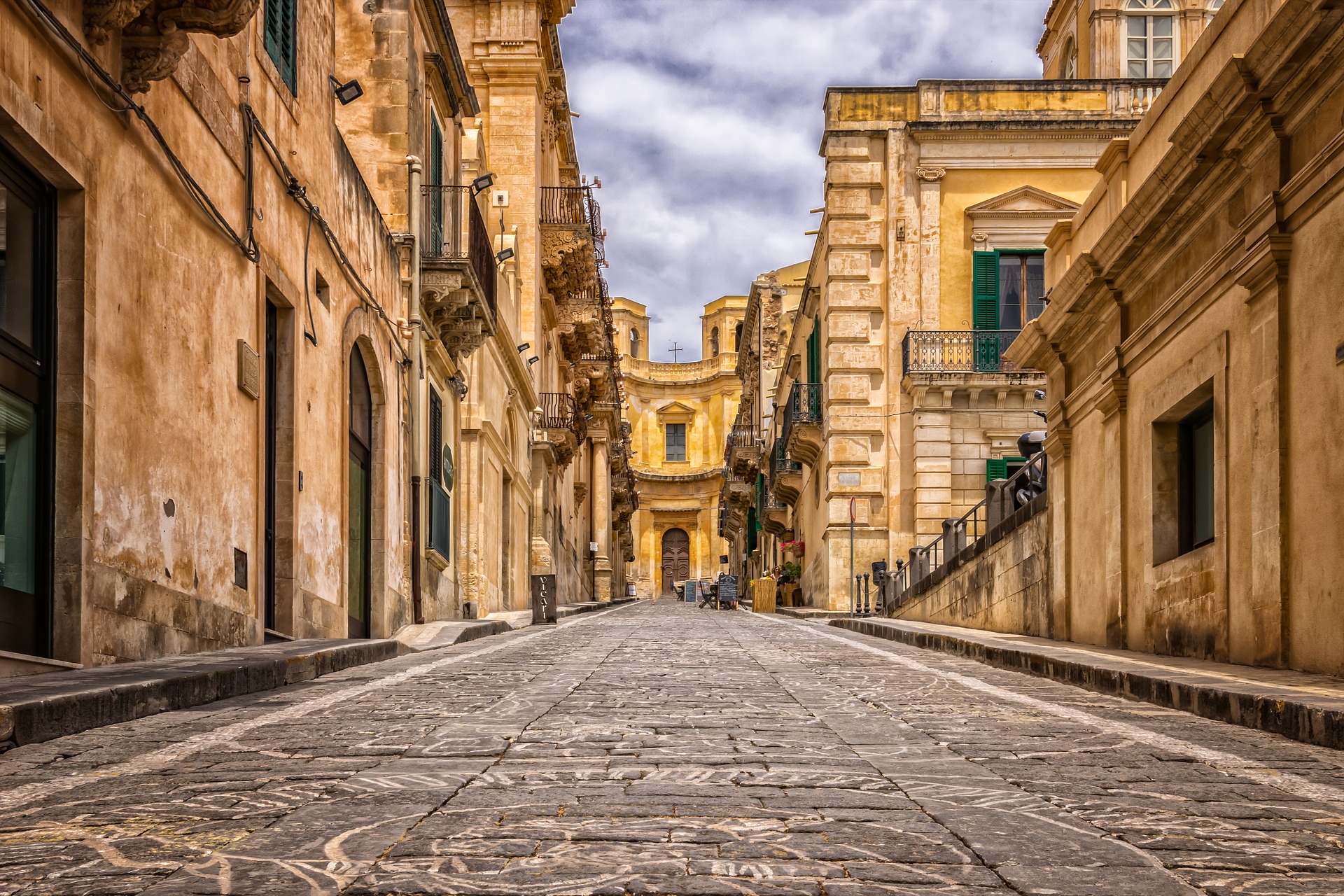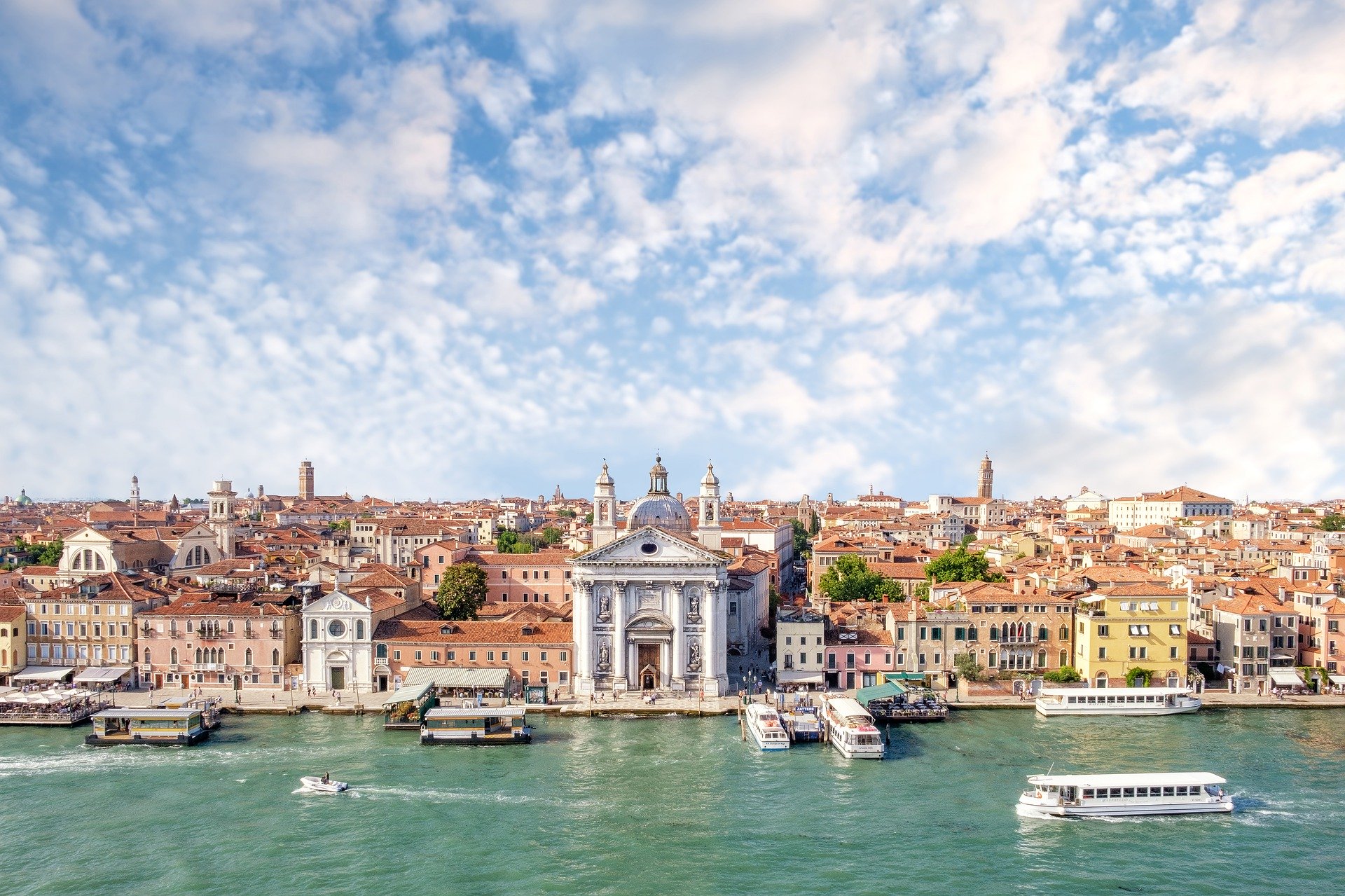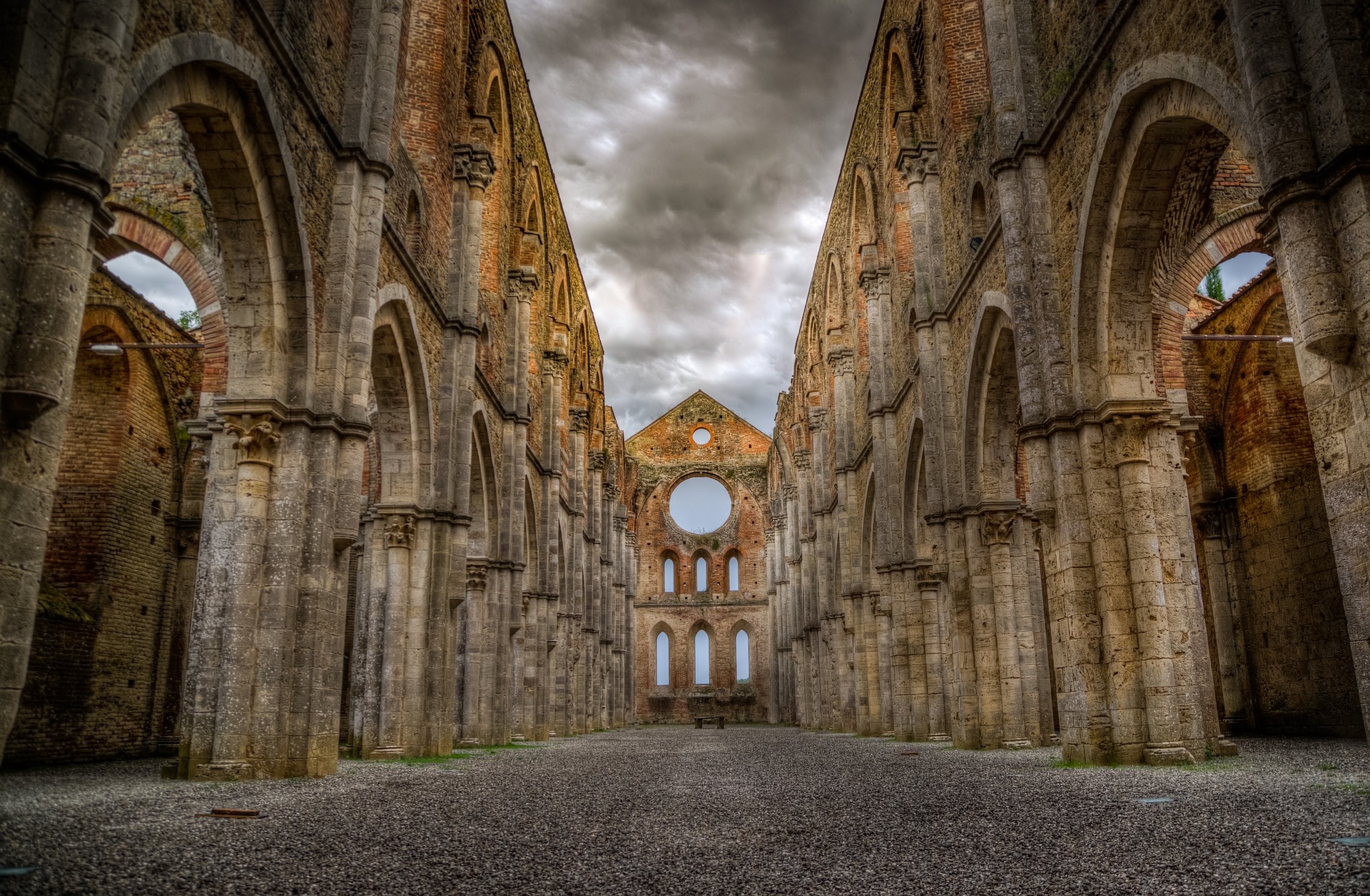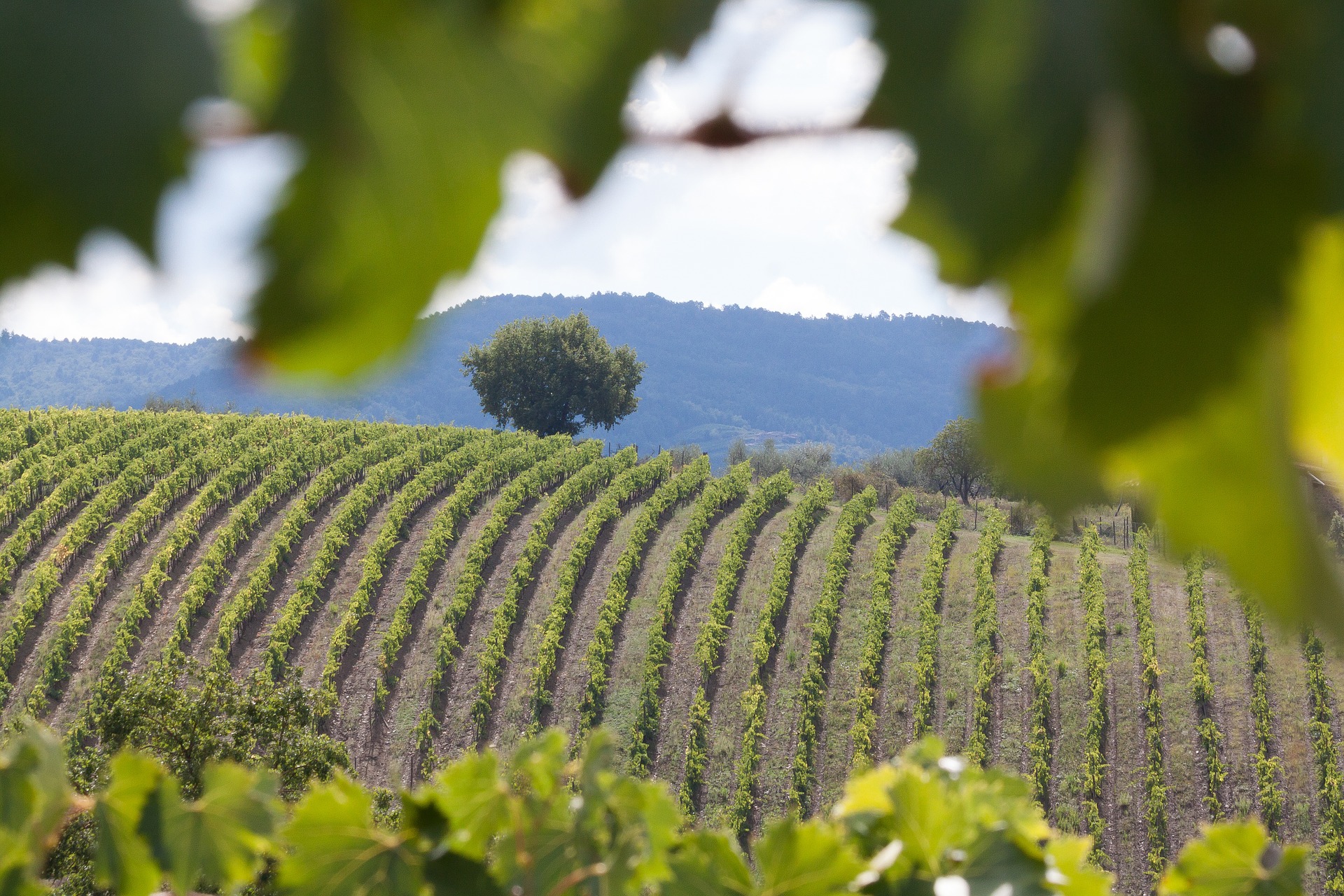
02
January 2020
Are you planning a trip to Italy?
Do you have any doubts about where to go, what to eat, where to sleep?
Do you want to know the Italian customs and traditions before arriving?
Well, we’re here for you! In this article you will find the answers to many doubts we usually have when we think of a vacation in Italy.
Let’s start …
ACCOMMODATION: the right choice of the overnight location is crucial for a dream vacation in Italy. Tourist accommodations can be of various nature: from classic hotels to simple bed & breakfast, from wild farmhouses to historical residences. All are functional and suitable for a certain type of guests, just choose with judgment based on your expectations. If, for example, we want a 24-hour reception and concierge service, we should opt for hotels; if instead we seek peace, silence and tranquility, being satisfied with some less service, a farmhouse could be the ideal.
What is the right price to pay? There is no universally valid answer. Let’s say we want a top-notch hotel, say 4-5 stars in high season, in one of the most popular destinations in Italy like Florence, Rome or Venice: starting from a base of around € 250 a night for one double room you will be guaranteed to stay in a nice, well located and offering high quality services place. The rate can even go up to € 5,000, it always depends on what you want and expect. If instead we consider a low season period, in a less famous but equally beautiful locations, the prices per night can be lower up to 70%.
TRANSPORT: Italy is a nation with a fairly small territory but rich in hills and mountains and densely populated. These factors force us to make some considerations:
Train: the railway network covers most of the territory, however traveling with regional trains is not the most convenient and practical option. High-speed trains are much better, like the comfortable and punctual Frecce that connect the main Italian cities.
Bus: traveling by bus is a solution to consider when traveling between nearby places, for routes less than 2 hours. They are also comfortable and easily accessible to move around the city.
Taxi: taxis are very widespread and safe, just rely on the official ones. The taximeter will always be in operation but it is possible that some sections (for example from airport to city center) are at a fixed price, in case you need to find out before. Now every city has an app that you can easily download to use the service quickly and safely.
Uber: in Italy it is illegal.
Car: renting a car to visit Italy is an excellent idea. You will be free of schedules and you will not have to plan your movements too much, but it is very important to pay attention to some details. In almost all historical centers there is a ZTL (limited traffic zone) where only residents can circulate. If you are just passing through better park outside the center, if you have the hotel right in that area, contact them before entering and it will surely give assistance. Observe the speed limits, do not go to illegal parking attendants (sometimes present in big cities) and do not rely too much on the GPS which may not consider the above.
Ship: ships and ferries very well connect the coastal areas to the wonderful Italian islands like Sicily, Sardinia, Isola d’Elba, Capri, Ischia and others.
Private driver: this is by far the most comfortable and luxurious way to get around Italy. Obviously, it is also the most expensive, but you will have an exclusive and personalized service.
STUDY OF THE ITINERARY: A road trip or a Grand Tour are wonderful types of travel, they make us see many places and capture the true essence of a territory. However, it is necessary to plan and organize well to optimize the travel experience and enjoy every single moment of the holiday. A road trip in Italy, for example, involves the choice of at least 3-4 base camps that must be selected considering the logistics of the trip: proximity and connections to the airport of arrival/departure, services present, proximity of the main attractions of the area. First of all it is good to have an idea of the time and budget available.
FOOD: Italian food is one of the most famous in the world, it is an integral part of the experience that is lived in Italy. It’s not just about cooking, it’s a real cultural fact identifying a people. Here are some tips on what and how to eat in Italy:
TIP: should you tip in Italy? It is not mandatory, it is almost always included in the price. However, if you feel you have received a more than satisfactory service, you can easily recognize a little extra for those who looked after you. We recommend something around 5-10% of the total. So, are Italians offended if you tip? Absolutely not, tipping is always welcome, even if no one is scandalized if it is not left.
TIME SCHEDULE: here is how the Italians organize their day: generally those who work in the office have a timetable from 9.00 to 17.00, the laborers instead do 8.00-16.00, the banks are open between 9.00 and 15.00, the pharmacies between 8.00 and 20.00 (but there is always at least one in the area that never closes), the shops are open from 9.00 to 19.30. Lunch is consumed around 1 pm, while dinner is at 9 pm. Breakfast is not very important for Italians, in fact it is often consumed quickly at the bar, the classic coffee and croissant. In some areas of Italy it is considered quite normal to show up for an appointment 10-15 minutes late.
GREETINGS: how do Italians greet each other? People in confidence simply say “ciao!” Both for the greeting of arrival and for farewell. If instead you want to use a more formal tone, you say “buongiorno” (until about 15.00) and “buonasera” (after about 15.00) when you meet and “arrivederci” when you separate. “Buonanotte” is used when it is almost time for sleep.
CONCEPTION OF TIME, MONEY AND DISTANCES: here is the yardstick that will be useful to you to understand how an Italian conceives time, money and distances. Obviously, everything is always subjective, we just make a general analysis:
SCAMS FOR TOURISTS: What to do to avoid unpleasant surprises during a trip to Italy? In general, it is more than enough to observe the classic rules of behavior valid for any other place in the world, then keep personal belongings under control in crowded places and not go to very peripheral unknow neighborhoods.
Food for tourists: as written above, every place in Italy has its own gastronomic excellence. A quick read on the internet or on a paper guide will be enough to avoid to order pizza with pineapple in Trieste, polenta in Palermo or risotto with seafood in Aosta. In general, stay away from restaurants that still offer tourist menus.
Very high prices close to tourist attractions: sometimes we read news of tourists who paid € 50 for an ice cream, this can actually happen because of a few dishonest managers with activities close to the top tourist attractions. To avoid risking this drain, it will be enough to read the menu well and check about possible supplement for table service.
CLICHÈ TO BE DISMISSED: Every country in the world is a “victim” of prejudices and myths, which may or may not have a foundation of truth and which may also be funny. Let’s see what are the stereotypes about Italy to debunk.
In Italy there is always the sun. Not true, the months of December, January and February are very cold, while in March, April and November it often rains. The ideal season to visit Italy is undoubtedly between May and October, although much depends on the type of trip you want to make and the regions you want to visit. For example, to enjoy the coastal areas and the islands it is better the summer, for cultural and gastronomic tourism spring and autumn are perfect, while winter is ideal for lovers of skiing and wellness.
Southern Italy is dangerous. Absolutely not, it is true that there are difficult realities where a tourist has no reason to go (and this also applies to the central and northern regions), but in the vast majority of cases in southern Italy you will find only a beautiful nature, incredible food and people of big heart.
Italians like noise. It depends, Italians have Latin blood and love being in the company. This can sometimes create a somewhat noisy enthusiasm, but it always depends on the context in which we find ourselves.
Gesturing. The Italians’ way of communicating certainly involves a good deal of gestures made with the head and the hands, but not as blatant and exaggerated as some tourists think.
Italians always eat pasta. Pasta is a fundamental food in Italy because it is healthy, cheap and present in every city in the form of delicious typical variations. It is not true, however, that Italians eat pasta every day, the consumption of dairy products, vegetables, legumes, fish and meat is an integral part of the Mediterranean diet, read here for more information.
Now you know a lot more about Italy, all you have to do is to come here! Contact us and we will start planning your tailor-made travel experience.
Categories
Recent Posts

8 December

2 April

2 January

8 November



Book a Skype call


Subscribe to our newsletter and discover exclusive destinations and alternative places for your unforgettable Grand Tour.